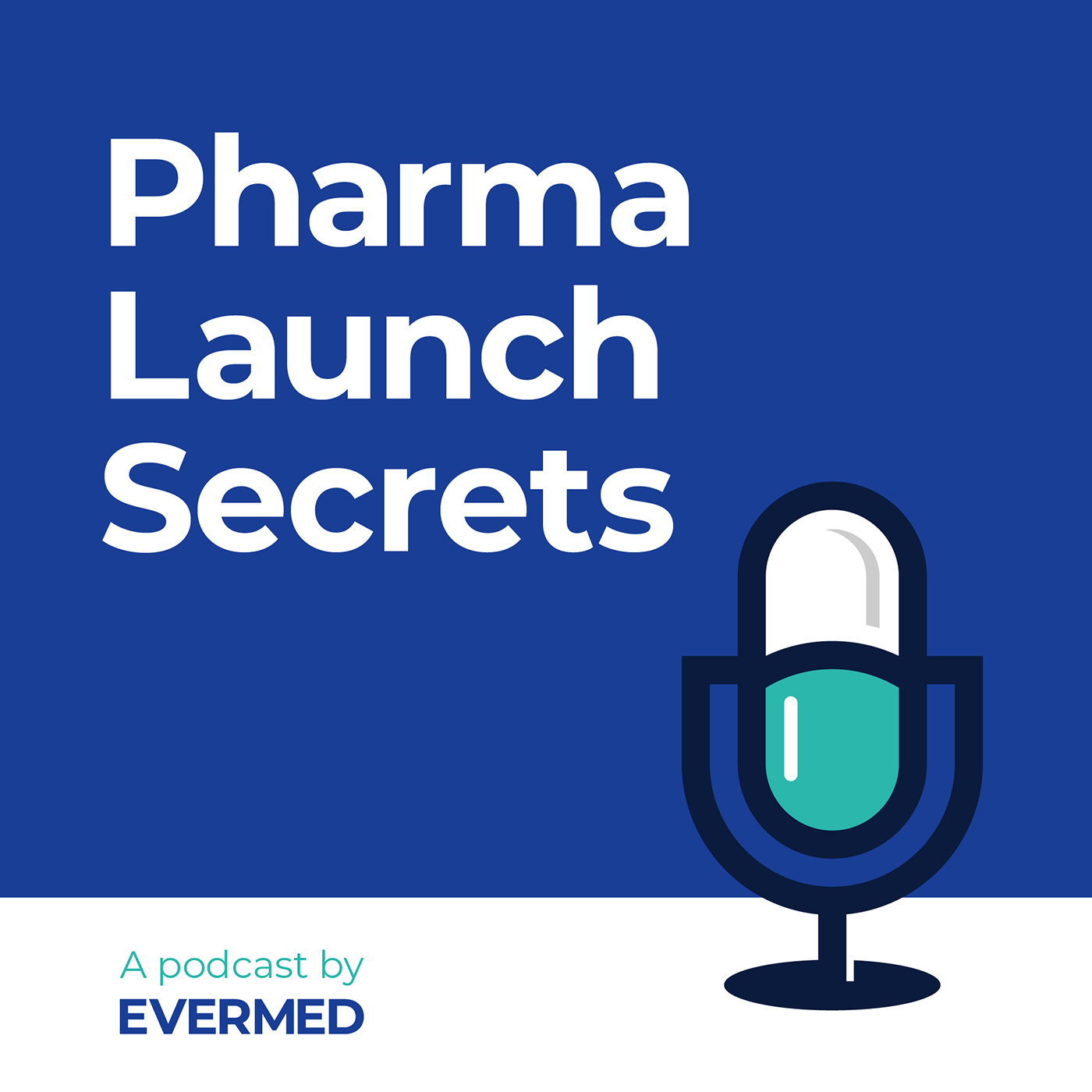The Death of “Blockbuster” Products: Micro Launches and a Data-driven Approach to Marketing with Indraneel Mukherjee, Associate Partner at ZS Associates
July 6, 2022

In this episode of Pharma Launch Secrets, Bozidar is joined by Indraneel Mukherjee, an Associate Partner at ZS Associates. He discusses the biggest changes facing pharma companies launching products in the US pre-COVID and post-COVID. They delved into the concept of "blockbuster products" and how this concept is growing obsolete. He also talks about how Pharmacy Benefit Managers (PBMs) play a crucial role in determining how to negotiate contracts with Pharma companies.
Pharma/AOR Executives: Make sure you grab a complimentary copy of our 3-Step Guide To Using the Netflix-Like Content Hubs to Engage HCPs in 30-90 Days 👉 3-Step Free Guide
In this episode, Bozidar is joined by Indraneel Mukherjee, an Associate Partner at ZS Associates.
They cover:
They cover:
- How are micro launches changing the pharmaceutical industry?
- How are healthcare professionals (HCPs) benefiting from on-demand educational content?
- What challenges does the pharma industry face in implementing a data strategy?
Subscribe here:
- Apple: https://apple.co/3micGmF
- Google Podcasts: https://bit.ly/3PUds6T
- Spotify: https://spoti.fi/3M78XCC
- RSS: https://bit.ly/3wTksIm
And connect with the host and guest here:
- Bozidar Jovicevic: https://www.linkedin.com/in/bjovicevic
- Evermed: https://evermedtv.com
- Indraneel Mukherjee: https://www.linkedin.com/in/indraneel-mukherjee-b6402620
- ZS Associates Website: https://www.zs.com
About The Show:
“Pharma Launch Secrets” is a podcast by Evermed and hosted by CEO Bozidar Jovicevic. We host direct, actionable conversations with world-leading pharma launch experts and help you stay up-to-date with the latest trends and strategies to help you launch your product successfully.
Check out our three most downloaded episodes:
- Omnichannel and CDP (Customer Data Platforms): What Every Pharma Marketer Needs To Know About Using Data To Enable Seamless Customer Experience, Drive Engagement, And Lift Rx
- Greatest Hits: A Look Back on Five of the Best Pharma Launch Secrets Episodes
- Launch Planning in a Digital-First Reality: How Can a Traditional “Reach and Frequency” Model Be Adapted to an Omnichannel Future?
If you are interested in joining Pharma Launch Secrets as a guest, please visit this link: start.evermedtv.com/podcast-apply/